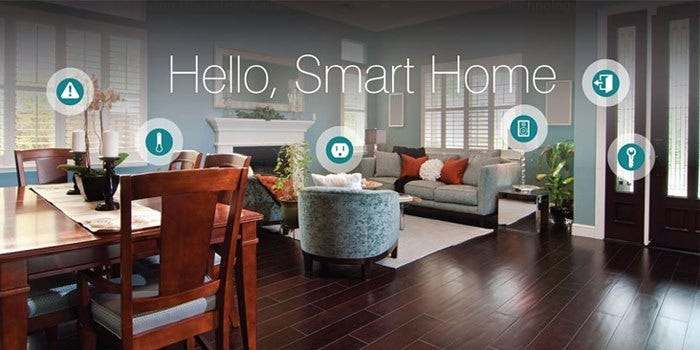Exploring the Latest Advancements in Smart Room Sensors Technology

Exploring the Latest Advancements in Smart Room Sensors Technology
With energy efficiency and health becoming a priority in commercial and residential spaces, intelligent buildings must integrate sensors that deliver data and control that optimizes HVAC performance and occupant comfort.
These technologies enable connected buildings to adapt intuitively so people can spend a more comfortable and healthy time in their workspace.
Table of Contents
LoRaWAN
LoRaWAN is a Low Power Wide Area Network (LPWAN) that uses unlicensed frequencies and is ideal for IoT devices that need long ranges. Its advantages include low power consumption and minimal maintenance costs.
However, it also presents several challenges that manufacturers must know when evaluating the technology. One of these is that it requires much development work to set up an end-to-end solution.
This can be especially difficult when you’re a manufacturer who has to deploy LoRaWAN in different regions. You’ll need to acquire gateways, end devices, and a backend server from multiple vendors of smart room sensors like the Neat, for example.
Bluetooth Low Energy
Bluetooth is one of the most popular technologies for wireless communication. It allows you to connect with your smartphone and other devices from a short range.
However, Bluetooth consumes a lot of power, which could be better for applications that transfer large amounts of data.
That’s why Bluetooth Low Energy (BLE) was developed. It’s based on the same core technology and specifications as standard Bluetooth, but it distributes data more efficiently to reduce energy consumption.
BLE is an excellent option for applications that require low energy usage and frequent connection. It’s also ideal for proximity marketing, like Bluetooth beacons in real estate. For example, they can serve highly relevant and targeted notifications to app users based on location.
Bluetooth 4.0
Bluetooth has been a standard in many devices for over 20 years, but it’s still a technology that could be better. Pairing is tricky, and machines tend to drain their batteries very quickly.
Thankfully, Bluetooth 4.0 has been designed to solve these problems. The new standard uses improved technology to help everyday gadgets stay paired longer while using less power.
The technology focuses on sending smaller bits of data when needed and puts the connection to sleep when it’s not used. This helps conserve battery life, making it an excellent choice for devices with limited power sources, like smartwatches.
WiFi
Wireless Internet or WiFi is a technology that provides devices like smartphones, desktop computers, laptops, and other compatible wireless devices access to the Internet. It can also be used to connect printers and other networkable devices.
The technology uses radio frequency waves to provide wireless high-speed Internet and network connections. Technology has become a standard for many mobile computing devices, including smartphones, cameras, TVs, and video game consoles.
The latest intelligent room sensor technology advancements provide several exciting capabilities to improve buildings’ energy efficiency and indoor air quality. These innovations deliver the data and control that occupants need to enhance comfort, health, and productivity.
NFC
NFC (near-field communication) is a wireless technology that exchanges information with other devices within a limited range. It is similar to RFID, used for scanning simple ID tags at long distances, but NFC differs in allowing P2P interactions between more capable devices.
NFC is used for mobile payment, a process similar to contactless credit cards, and for interacting with low-cost sensors and IoT devices. It is also helpful in putting IoT devices under a user’s control and making them easy to use with its “tap-and-go” functionality.
Also read:-Cool Bathroom Gadgets For A Lovely Bath




